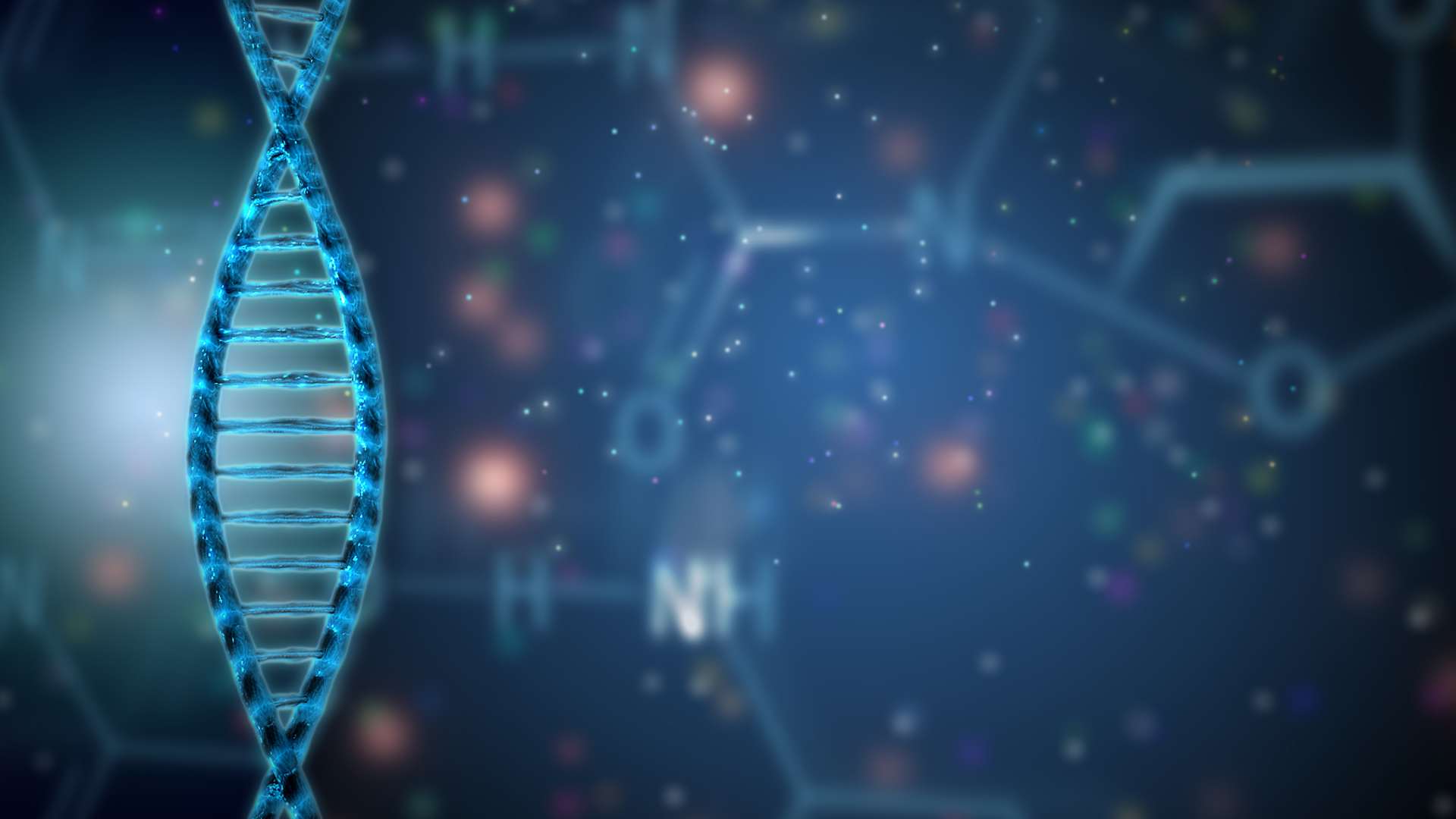DNA is the ultimate blueprint of humanity. It defines what we are and how we should live our lives. However, many people have misconceptions about DNA and genetics in general. Some believe that we’re born with our genes, while others think they don’t exist – but they do! Read on to learn more about DNA and how it affects our life.
What is DNA?
DNA is the molecule that carries the genetic instructions for making a human being. It consists of four chemical bases, Adenine (A), Cytosine (C), Guanine (G), and Thymine (T), which are attached in a specific order. These four bases encode the information needed for creating a human genome. DNA also contains unique sequences called genes, which control the production of proteins.
DNA and Health
DNA is the blueprint of our species, and it’s responsible for determining everything from our physical appearance to our predispositions for certain diseases. While DNA hasn’t been able to cure all diseases, researchers are using it to improve health and wellness.
There are many ways that DNA data can be used to improve health and wellness. For example, by understanding which genes are associated with specific conditions, doctors can develop more effective treatments tailored specifically to each individual. This information can also be used to create new disease prevention strategies. In addition, DNA data can be used to improve public health. For example, by understanding the genetic makeup of dangerous strains of bacteria or viruses, scientists can develop vaccines or treatments to protect people from these diseases.
Finally, DNA data can be used to understand human behavior. By tracking individuals’ genetic responses over time, researchers can understand how different environments and experiences affect their health and well-being. This information could help us create better wellness programs and prevent chronic illnesses in the future.
Genes and Genetics
At the heart of our biological existence lies the intricate code that defines us – our DNA. Genes, the functional units of DNA, carry the instructions that shape our physical traits, govern our susceptibility to certain diseases, and influence our overall well-being. Understanding the complexities of genes and genetics is like deciphering the ultimate blueprint of humanity.
Genes play a pivotal role in the inheritance of traits from one generation to the next, providing a fascinating insight into the diversity and uniqueness of individuals. Recent advancements in genetic research, such as Amplicon Sequencing, gene fusion, and molecular bleeding have significantly contributed to our ability to unravel the mysteries encoded in our DNA. These powerful techniques offer researchers a deeper understanding of genetic variations and their potential implications for human health.
As we delve into the profound realm of genes and genetics, we gain not only a greater appreciation for the intricacies of life but also a responsibility to approach the genetic code with the utmost ethical consideration.
Applications of DNA
DNA is the most critical molecule in human biology and contains instructions for making proteins. Proteins are the workhorses of human cells, carrying out all the cellular tasks necessary for survival. DNA also has the genetic information that determines a person’s characteristics, including hair color, eye color, and sexual orientation. DNA’s role in human biology was one of the most significant scientific discoveries. Today, DNA is responsible for everything from physical appearance to personality traits.
DNA can help researchers study human disease and develop new treatments. For example, scientists use DNA samples to identify genes associated with specific diseases or conditions. They can then use this information to develop treatments or therapies that target specific genes or pathways related to those diseases. DNA also has applications outside of biomedicine. For example, scientists have used DNA techniques to create genetically modified crops that resist pests or weeds. These crops are a source of food or fuel and have even been used in research studies on humans.
The Future of Healthcare and DNA
The future of healthcare and DNA is an exciting one. As we learn more about the genetic code, we are also learning how it can be used to treat diseases and improve overall health. Many treatments are already available that use DNA to improve people’s health. One example of this is gene therapy. Gene therapy is a treatment that uses genes to fix problems in the body. It is often used to treat diseases like cancer or blood disorders. Gene therapy uses genes to repair or replace damaged cells in the body.
Other treatments use DNA to improve people’s health. For example, prenatal genetic testing uses DNA tests to identify congenital disabilities in unborn babies. This information can help pregnant women make informed decisions about their pregnancies and reduce the risk of congenital disabilities in their babies.
Getting It Real with DNA
As we continue to learn more about human DNA, it becomes clear that it is the underlying blueprint of our humanity. From influencing everything from our personality traits to physical abilities, DNA is essential to who we are. By learning more about DNA and its role in human development, we can better understand ourselves and our unique path in life.
